Understanding Gum and Tooth Dynamics
Beneath the surface of our smile lies a subtle yet crucial zone known as the gingival sulcus—a shallow groove measuring 0.5 to 2 millimeters deep between the gum and root surface. In a healthy mouth, the gums closely embrace the tooth roots, remaining in a non-exposed state. Unfortunately, this delicate space easily harbors food particles and plaque, creating an optimal breeding ground for bacteria. Due to its closed nature, the sulcus proves challenging to cleanse, often leading to gum inflammation and various periodontal diseases. Furthermore, the areas beneath the contact points of adjacent teeth are similarly difficult to access, making it insufficient to rely on brushing alone to maintain oral hygiene. Some may assert that diligent daily brushing eliminates the need for professional cleaning, but this misconception can have dire consequences. Within just half an hour after brushing, new plaque begins to form, and in approximately thirty days, it reaches its maximum density, ultimately hardening into tartar—akin to the limescale that accumulates in a kettle. Such accumulation poses significant risks including gum disease, bad breath, and, in extreme cases, tooth mobility and loss. Thus, for adults who have never undergone a professional cleaning, it is advisable to seek treatment from a dental clinic promptly, ideally every six to twelve months.
The Essence of Dental Cleaning
Commonly referred to as “dental cleaning,” the formal term in the medical realm is “scaling and root planing.” The term “scaling” denotes the removal of bacteria, tartar, and stain from tooth surfaces, while “root planing” refers to the treatment of periodontal disease’s underlying causes. Scaling and root planing can significantly alleviate conditions such as gingivitis and periodontitis, yet it is essential to recognize that it is merely one facet of periodontal treatment. Effective resolution of gum disease typically necessitates further assessment and specialized oral interventions following a cleaning session. The primary objective of dental cleaning is to prevent and manage oral diseases rather than merely enhancing aesthetic appeal.
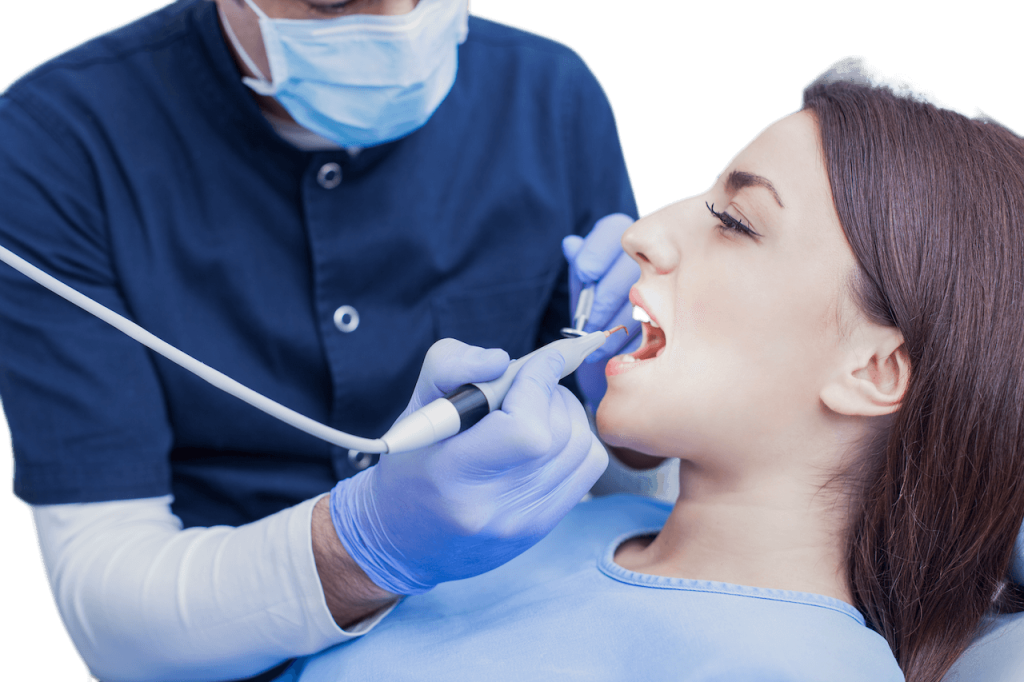
A Global Perspective on Dental Hygiene
In many developed nations, regular dental cleanings have become a customary practice in oral health maintenance, with individuals visiting their dentists one to two times each year. Following a cleaning, dental professionals often conduct immediate checks for potential periodontal issues, ensuring timely and effective treatment to uphold oral wellness. It is important to note that dental cleaning is a highly specialized procedure; traditionally, it could require up to three hours using manual tools in a dental clinic, though advancements in technology like ultrasonic scalers have reduced this time to about one hour. Alarmingly, some dental offices or beauty salons offer rapid cleanings in as little as ten minutes, a practice far from standard and fraught with potential risks.
The Risks of Inadequate Cleaning
One major concern with swift dental cleaning services is that they often only address visible plaque, neglecting the more harmful deep-set tartar that can perpetuate periodontal disease. Such incomplete cleanings fail to achieve effective disease prevention. Furthermore, hasty procedures can result in gum damage, particularly if further professional treatment is not promptly administered after tartar removal, leaving patients vulnerable to pain and exacerbating existing periodontal issues. Most critically, these rapid services are prone to cross-contamination, posing unnecessary health risks to patients. Thus, it is imperative to choose a reputable dental facility with rigorously trained professionals for any dental cleaning.
Addressing Post-Cleaning Sensations
Many patients wonder why their teeth experience unusual sensations or heightened sensitivity following a cleaning. Upon the removal of tartar, the teeth are suddenly exposed to a previously restricted environment, leading to various sensations that may feel uncomfortable. However, for those with healthy teeth, these sensations typically diminish over time. If there is noticeable widening between teeth, it may indicate pre-existing periodontal issues, including gum recession. This misconception stems not from the cleaning itself but from the underlying disease process. If tartar is not regularly removed, the gums may continue to recede, further exacerbating the problem and threatening tooth stability.
On Potential Damage to Teeth
A common concern among patients is whether dental cleaning can damage their teeth. Objectively speaking, while it is true that some micro-abrasions may occur—visible under high magnification—these effects are minimal and trivial compared to the substantial risks posed by untreated tartar buildup. With the application of professional techniques and calibrated vibration frequencies, practitioners can mitigate these minor risks effectively.
Conclusion: The Necessity of Regular Dental Cleaning
The points discussed herein aim to alleviate any misconceptions and concerns regarding dental cleaning. If you have never experienced a cleaning session, it is highly recommended that you do so soon. Consider dental cleaning akin to an extensive spring cleaning of a room, executed by skilled professionals and essential for maintaining optimum oral health once or twice a year.











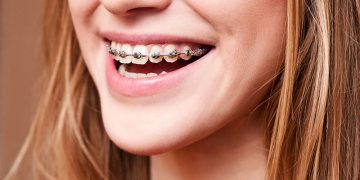
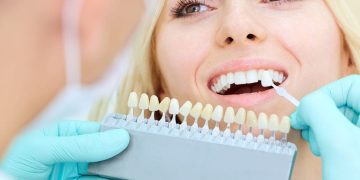




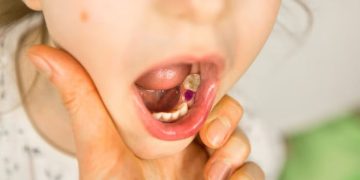
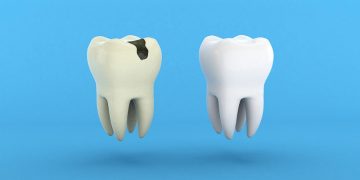






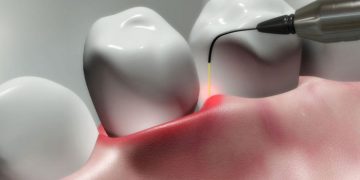


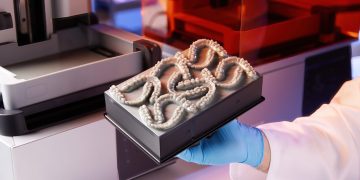

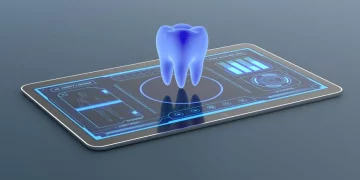














Discussion about this post